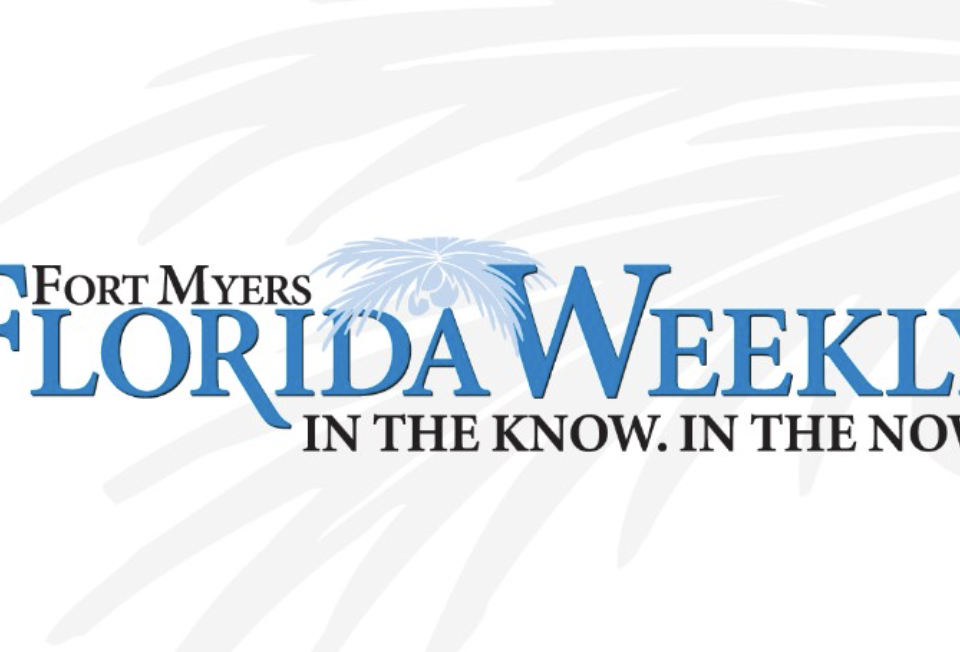The holiday season is believed to be one of the most dangerous for victims of human trafficking, as many times those doing the trafficking will use the busyness to blend in with crowds.
According to Safe House Project, an organization that provides safe living situations for sex trafficking victims, 88% of children who are trafficked will encounter a healthcare worker during their trafficking. Yet, less than 1% of them will be identified by one. It is a startling statistic that identifies two things: the silence of the problem and the volume of the need for a solution.
“I was immediately brought back to the interactions that I had with healthcare workers and just thinking how many of them knew that there was something going on but couldn’t put their finger on it,” said Alia Dewees, a sex trafficking survivor.
When Dewees was 8 years old, she met a man online who could give her what her family at the time could not: affection, value, and promises of success. It led to adoration, then trust, and then six to 10 of the most tumultuous years of Dewees’ life.
“How I felt, even then, was uncomfortable, but resigned to the idea,” said Dewees. “I knew that there were other options for other people, but other people hadn’t experienced what I had experienced.”
When Dewees turned 18, she turned to another sex trafficking survivor who had managed to get out of the system and contacted an organization that could help. It offered her shelter and safety and the opportunity of a new life.
By her mid-twenties, Dewees moved to Chicago where she got a foothold by obtaining a steady job. That is when Safe House Project contacted her to work for their organization. At first, she resisted, but then opened up to the idea and currently works for them full-time, helping to promote a new instructional class the organization has developed for healthcare workers so they can better identify sex trafficking victims and offer them help.
The course was rolled out in October as it teaches healthcare workers like nurses and doctors to identify non-verbal signs of trafficking like bruising, sexual health history, overbearing guardians, and signs of discomfort.
The hope is to elevate that 1% of sex trafficking victims who are identified when they come in for a health-related issue.
“We have a huge opportunity to expand victim identification through effective education,” said Brittany Dunn, COO of the Safe House Project.






